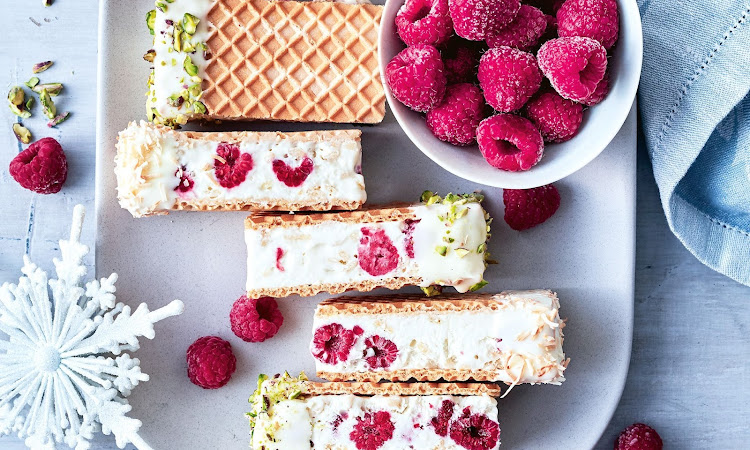Mehndi is a form of body art and temporary skin decoration usually drawn on hands or legs, common in the Indian Subcontinent, in which decorative designs are created on a person's body, using a paste, created from the powdered dry leaves of the henna plant (Lawsonia inermis). It is a popular form of body art among the women of India, Bangladesh, Pakistan, Iran, Nepal, and the Maldives, and resembles similar practices found in North Africa and the Middle East.
According to A Dictionary of Urdu, Classical Hindi and English Mehndi also refers to "the marriage-feast on the occasion of the bride's hands and feet being stained with henna (ḥinā)" or "an ark, or tabernacle, carried in solemn procession by some Muslims on the eve of the anniversary of the death of a person who died just as he was about to marry:—meṅhdī bāṅdhnā (-meṅ)." It was originally used for only women's palms and sometimes for men, but as time progressed, it was more common for women to wear it
There are many variations and designs. Women usually apply mehndi designs to their hands and feet, though some, including cancer patients and women with alopecia occasionally decorate their scalps.The standard color of henna is brown, but other design colors such as white, red, black and gold are sometimes employed.
Mehndi in Indian tradition is typically applied during Hindu weddings and festivals like Karva Chauth, Vat Purnima, Diwali, Bhai Dooj, Navraathri, Durga Pooja and Teej. Muslims in South Asia also apply mehndi during Muslim weddings, festivals such as Eid-ul-Fitr and Eid-ul-Adha.
Alta, Alata, or Mahur is a red dye used similarly to henna to paint the feet of the brides in some regions of the South Asia, for instance in Bangladesh and Indian States of West Bengal.
Likely due to the desire for a "tattoo-black" appearance, some people add the synthetic dye p-Phenylenediamine (PPD) to henna to give it a black colour. PPD may cause severe allergic reactions and was voted Allergen of the Year in 2006 by the American Contact Dermatitis Society.
but today most of girls its using as a fashion.











0 Comments